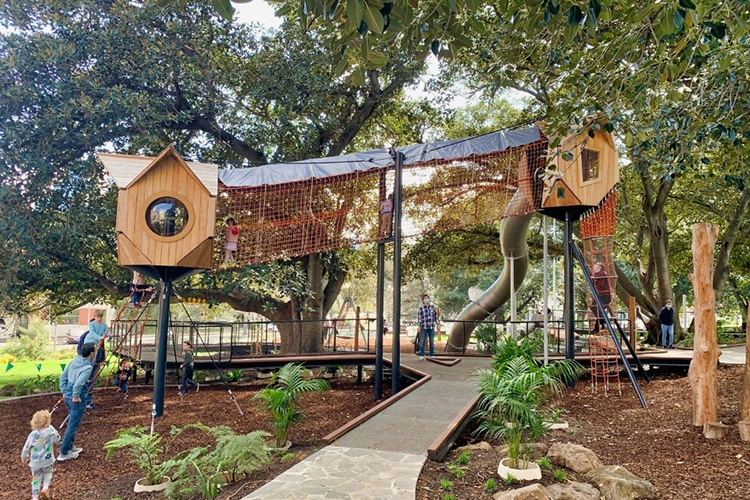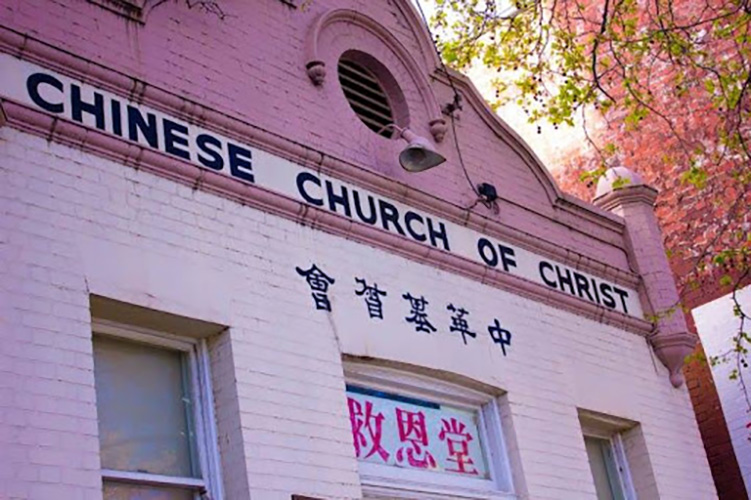New heritage status for Carlton’s iconic buildings
More than 20 new sites in Carlton will receive heritage protections under the City of Melbourne’s final Carlton heritage review.
The 24 new sites include Lincoln Square, the Chinese Church of Christ and a former manufacturing building at RMIT University.
The council’s heritage portfolio lead Cr Rohan Leppert said the Carlton heritage review was the latest in a series of independent expert reviews to identify and protect the city’s heritage.
“We’ve been stepping up our protection for sites of significant heritage value to Melbourne, providing certainty and clarity to landowners, businesses and the community,” Cr Leppert said.
“Inner Melbourne’s character is defined by layers of history, and the public experience of Melbourne is richer when these layers can be seen.”
As one of the oldest neighbourhoods in Melbourne and Victoria, many streetscapes in Carlton are covered by heritage overlay number one.
However, since the review began in 2018, heritage consultants Lovell Chen found that there were many anomalies in the controls and many interwar, post-war, and postmodern buildings weren’t protected.
Fifty-two places had their heritage category changed, while heritage overlays were removed from seven places due to incorrect application or demolition. Protections were also reinstated for East Melbourne’s Punt Road Oval after they were accidentally deleted.
East Melbourne Group planning convenor Greg Bisinella said that the group was pleased the protections had been reinstated and hoped the East Melbourne heritage review in 2022 would be as comprehensive.
“We also call on council to use the review to support stronger heritage controls in Melbourne’s inner suburbs,” Mr Bisinella said.
“Not only to protect heritage properties but also limit the damage to the heritage fabric of our suburbs that is occurring with excessive development approvals of buildings that are excessively high and dominating of the suburbs.”
The former Children’s Hospital building on Pelham St was also given heritage protection for the first time, along with the Royal Women’s Hospital car park on Grattan St.
The Clyde Hotel and the Lincoln Hotel were also upgraded from contributory to significant.
Carlton resident Katie Roberts-Hull said that there hadn’t been adequate financial, social and environmental analysis for the new heritage restrictions which “will likely reduce housing options for people in the inner city”.
“The new heritage study recommendations include a giant car park as well as single-family homes,” Ms Roberts-Hull said.
“Protecting a car park does not seem like a positive outcome for the environment, especially when that site could house many people who otherwise will have to live further away and therefore emit more carbon by driving.”
Ms Roberts-Hull also said that heritage protections on “thousands of single-family homes” wasn’t good for the environment.
“Our inner city, especially Carlton, should be much denser, allowing for many more people to live a better and more sustainable life,” she said.
“There is recent coverage of the numerous poor environmental and social outcomes from our urban sprawl – the City of Melbourne bears some responsibility for pushing people out.”
Speaking at the Future Melbourne Committee meeting on November 16, where councillors unanimously supported the review, Cr Davydd Griffiths, an ex-resident of Kay St, said the protections emphasised how important Carlton’s history was.
“Carlton has been loved for a long, long time, not just by its local residents but by people right across the city and that’s why back in 1984 it was the subject of the first heritage order,” Cr Griffiths said.
“It was mainly Victorian and Edwardian buildings covered at the time, but we know that it’s the interplay of those buildings and so many of the other architecture styles in the area that makes Carlton such a treasure trove of exciting, interesting places.”
Cr Jason Chang said that he enjoyed the suburb and especially Lincoln Square’s new playground with his three-year-old daughter.
“Walking around the streets of Carlton, the heritage overlay really highlights and acknowledges the history of the buildings of Melbourne and Australia,” Cr Chang said.
“Hearing my daughter say, ‘Daddy, look at that red building, look at that brown building’, and seeing the different styles of architecture, I’m glad we’re preserving them for the future generations.”
Deputy Lord Mayor Nicholas Reece said Carlton’s unique history and character deserved the strongest level of heritage protection.
“Carlton is one of our most iconic suburbs, home to some of the city’s first residents and a strong multicultural community,” the Deputy Lord Mayor said.
“Everywhere you turn in Carlton there are architectural jewels and historic places, such as the site of the former Children’s Hospital Precinct on Pelham St. Established in 1876, this was Victoria’s principal hospital for children and paediatric care for almost 90 years.”
The Carlton heritage review is the first of the neighbourhood reviews with East Melbourne, North Melbourne and Kensington to follow in upcoming years.
Landowners and community members are encouraged to have their say throughout the amendment process which is currently underway •
For more information: participate.melbourne.vic.gov.au/carlton-heritage-review

Bottega Tasca: Carlton’s go-to fine wine boutique






 Download the Latest Edition
Download the Latest Edition